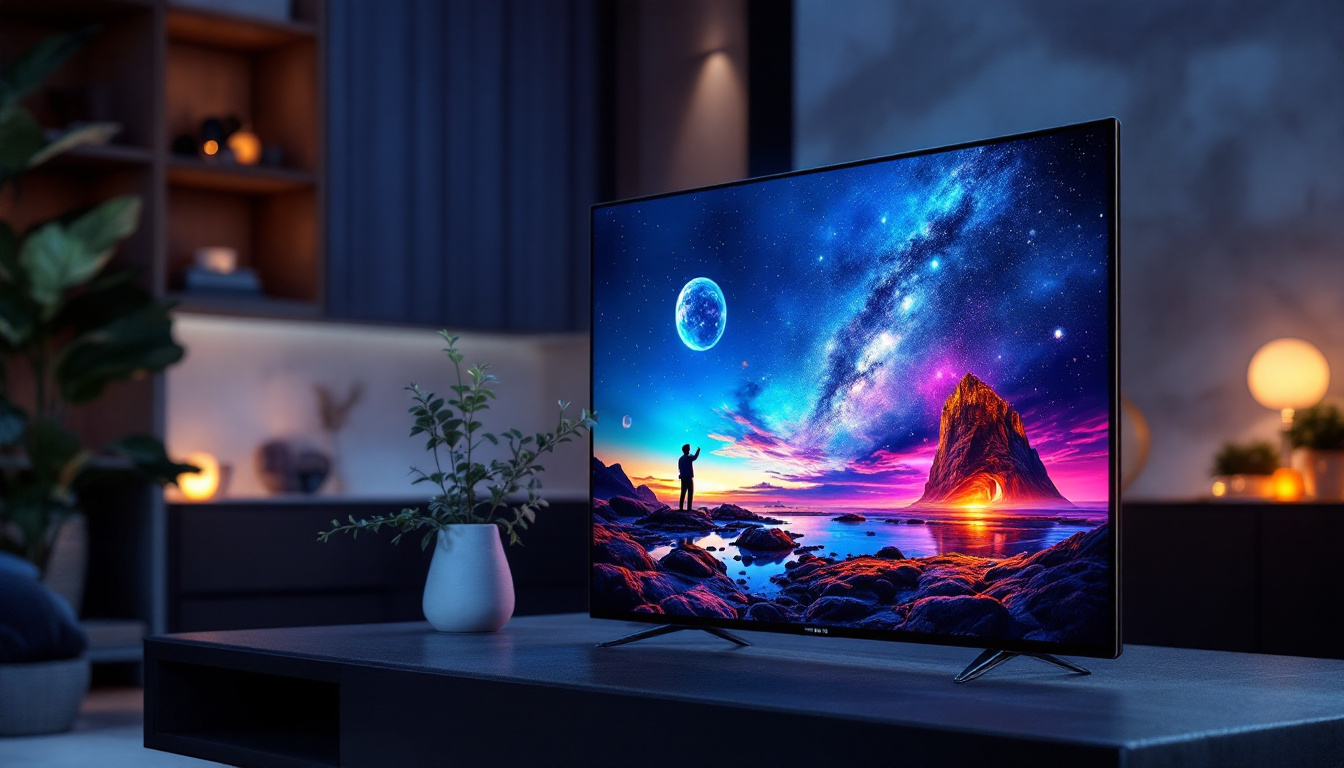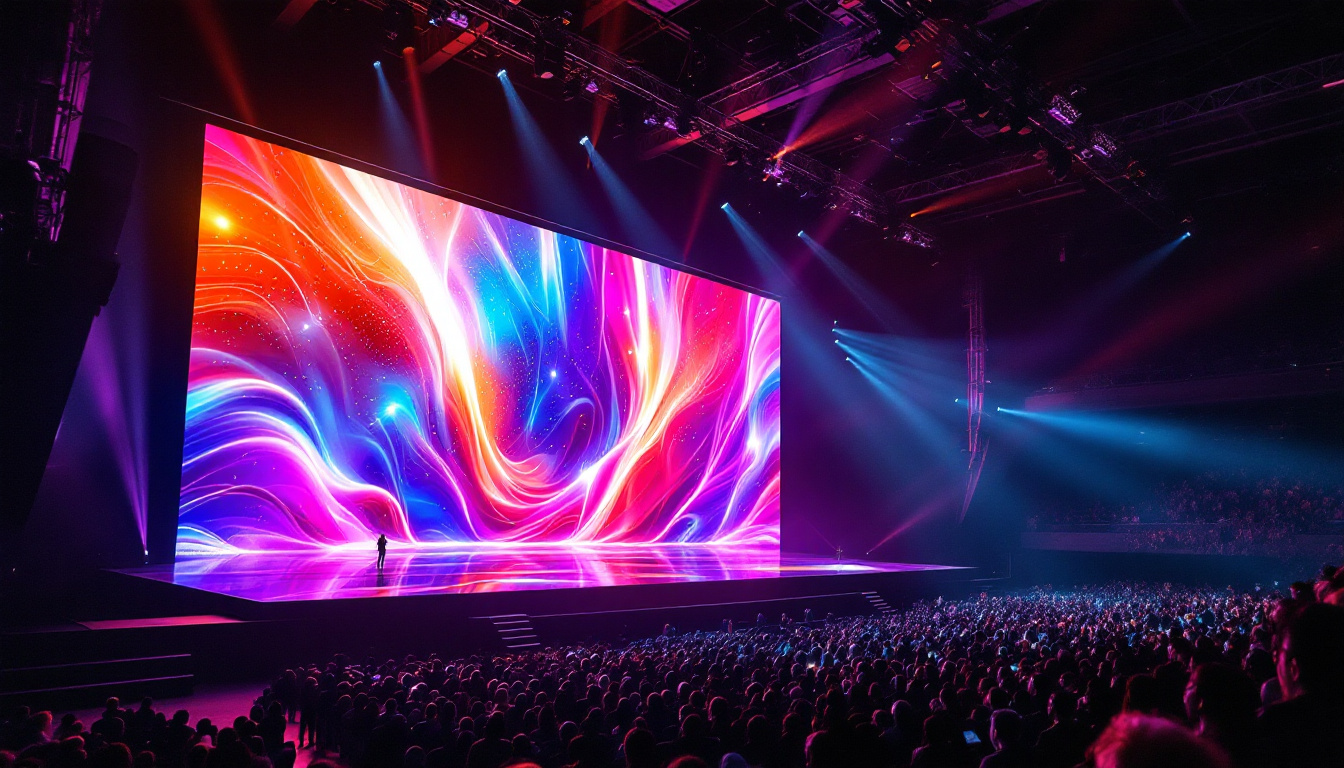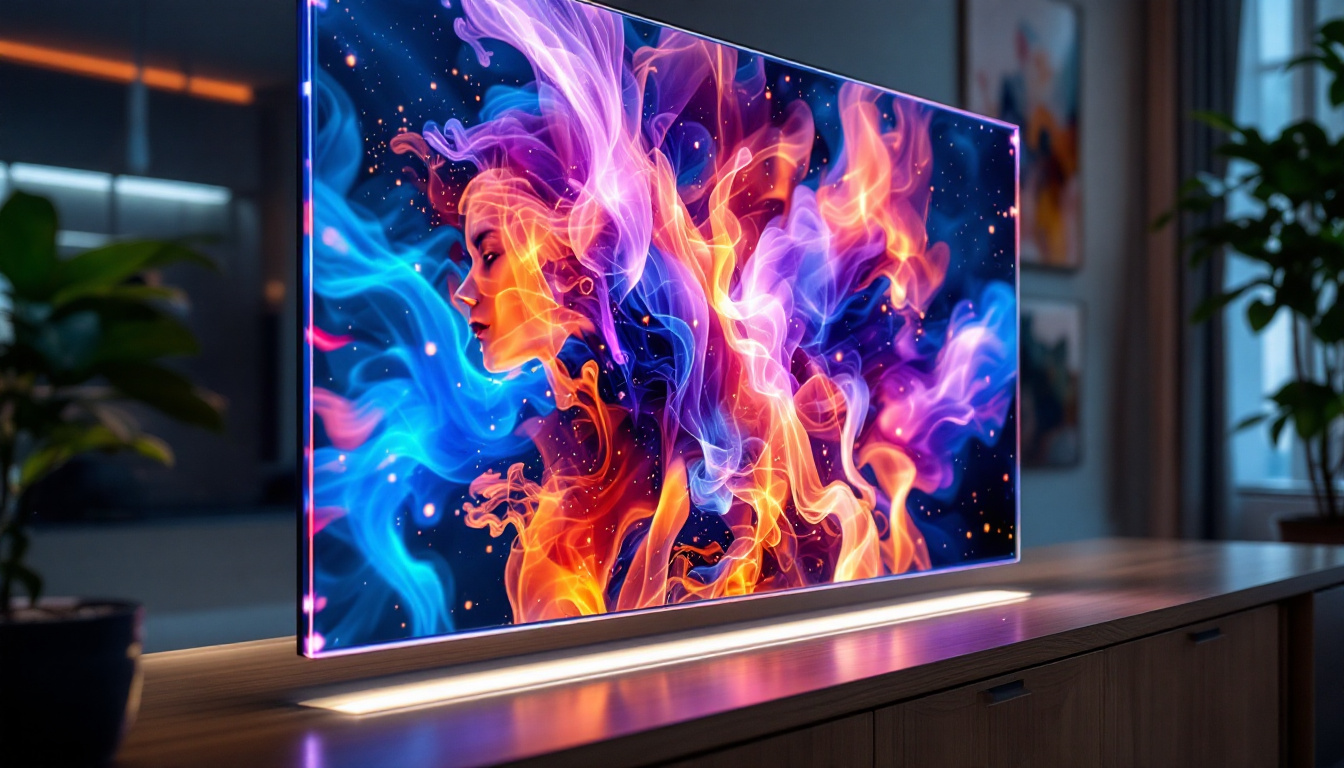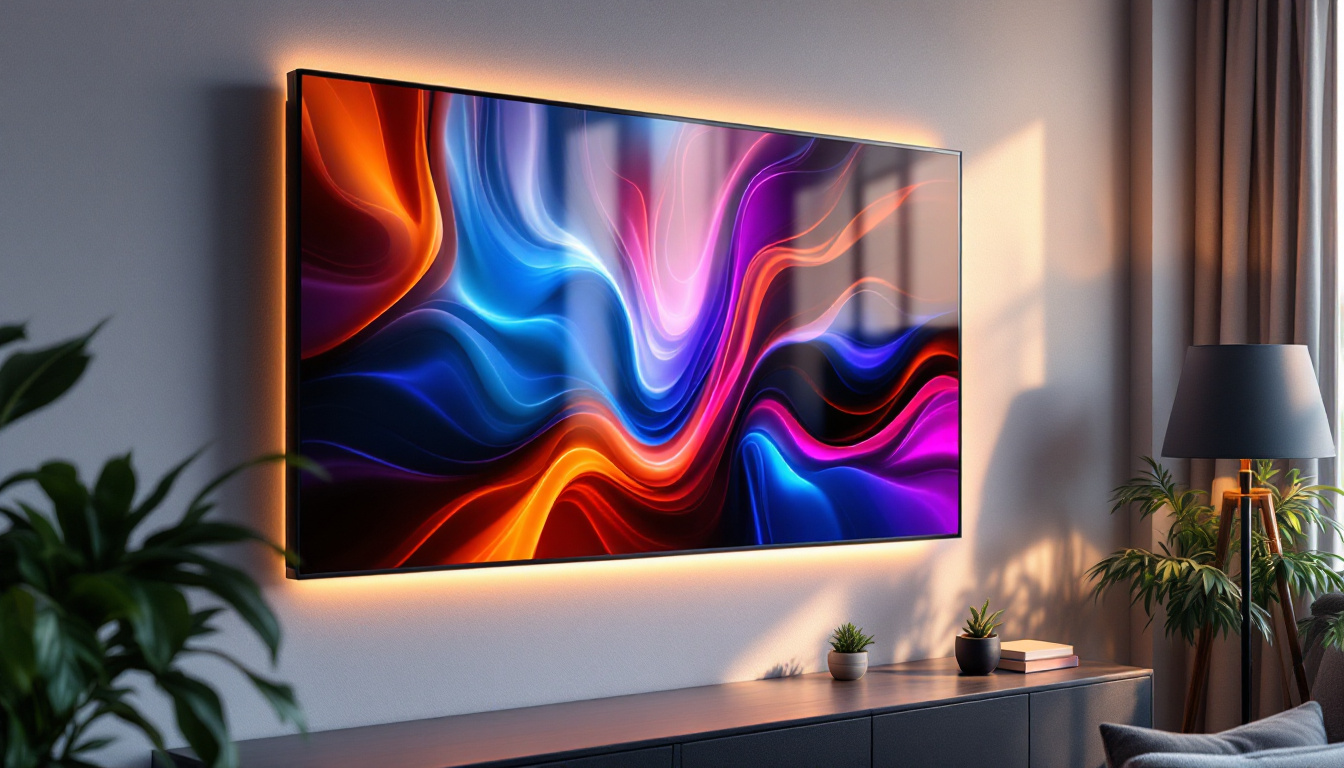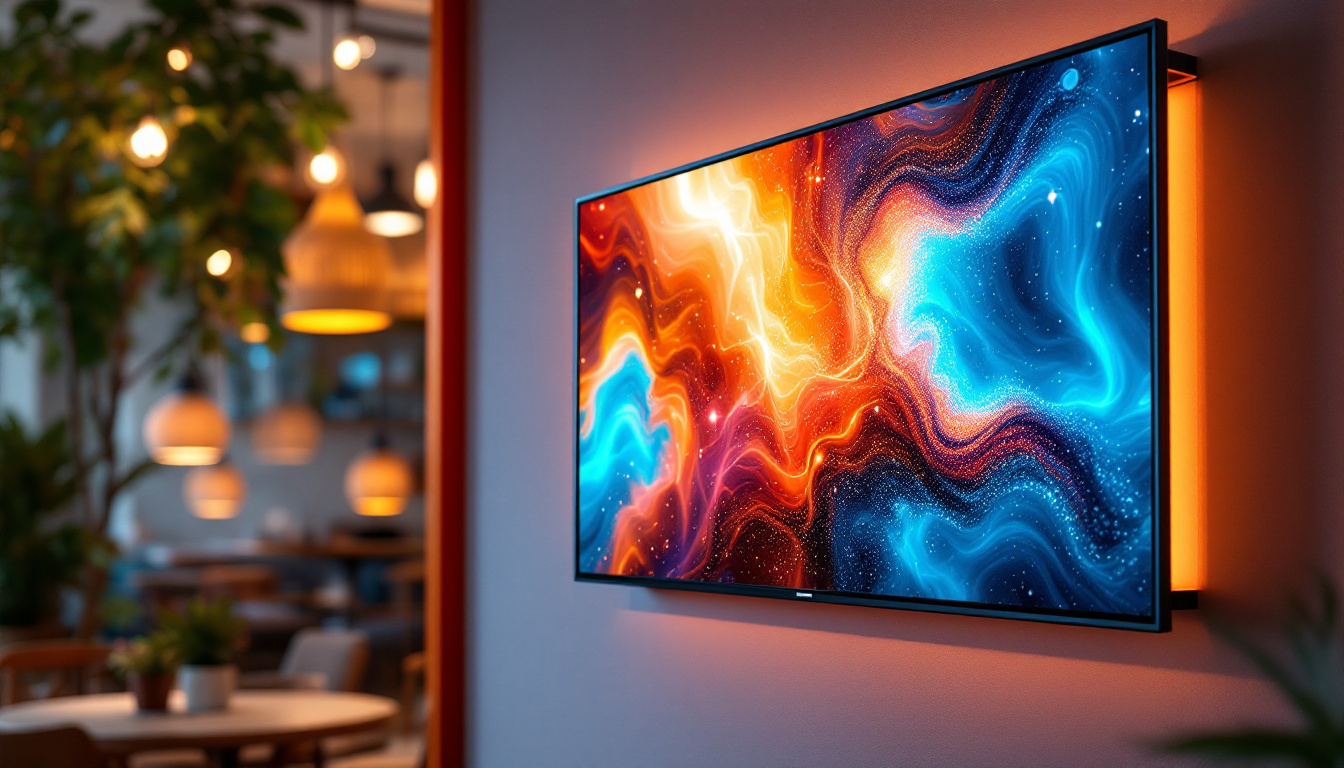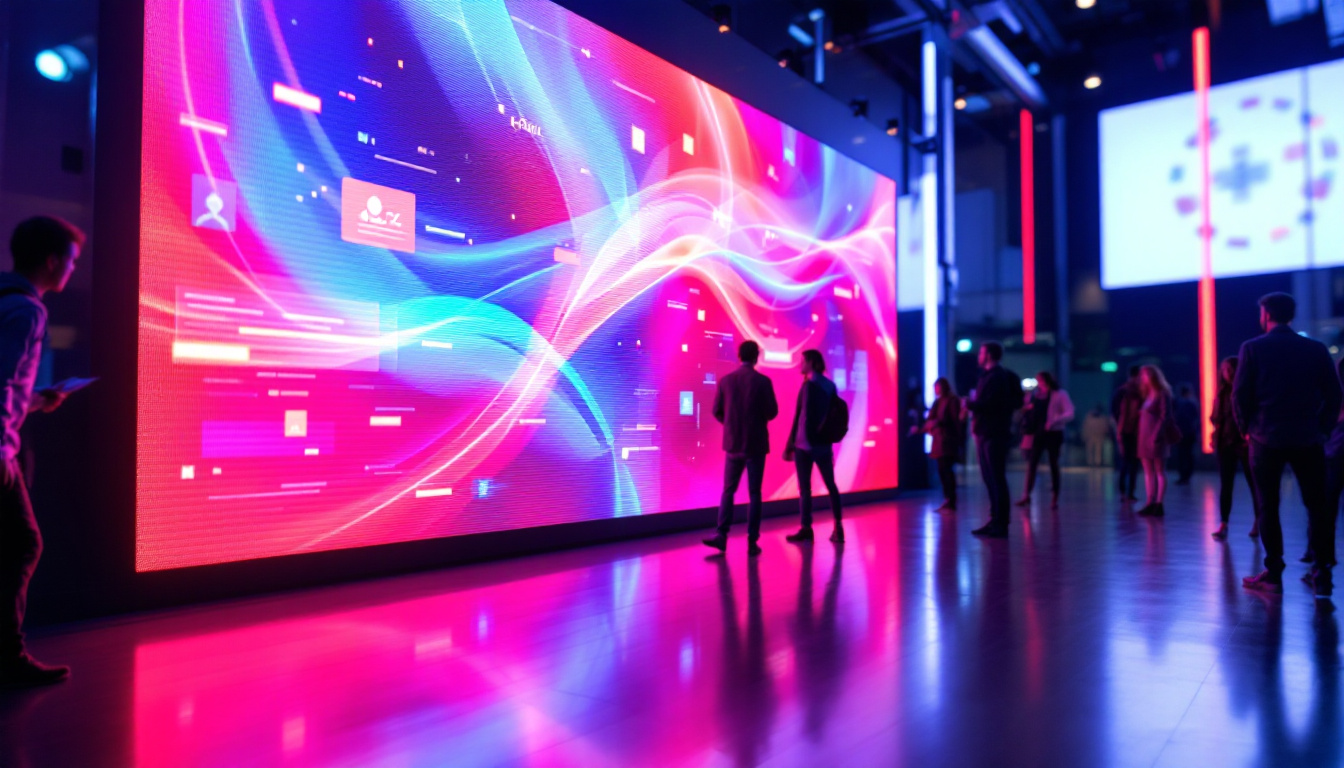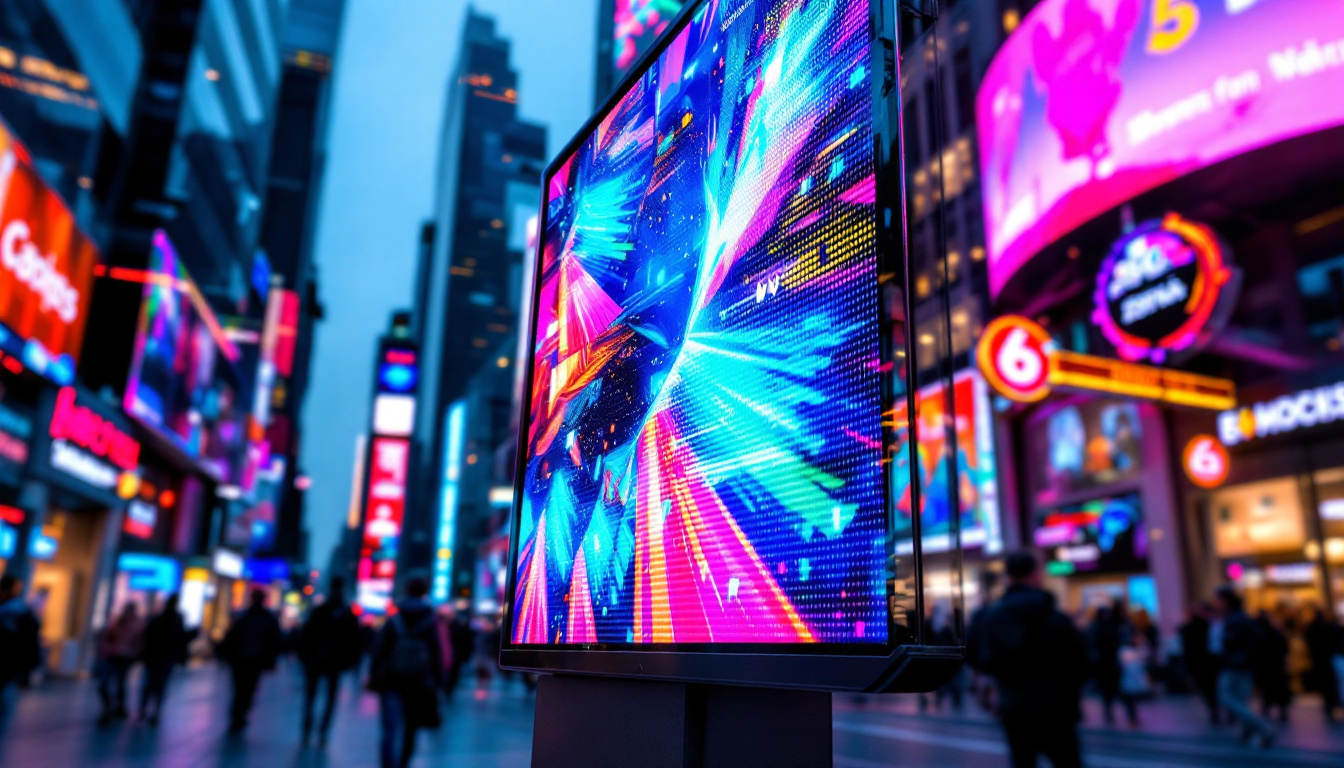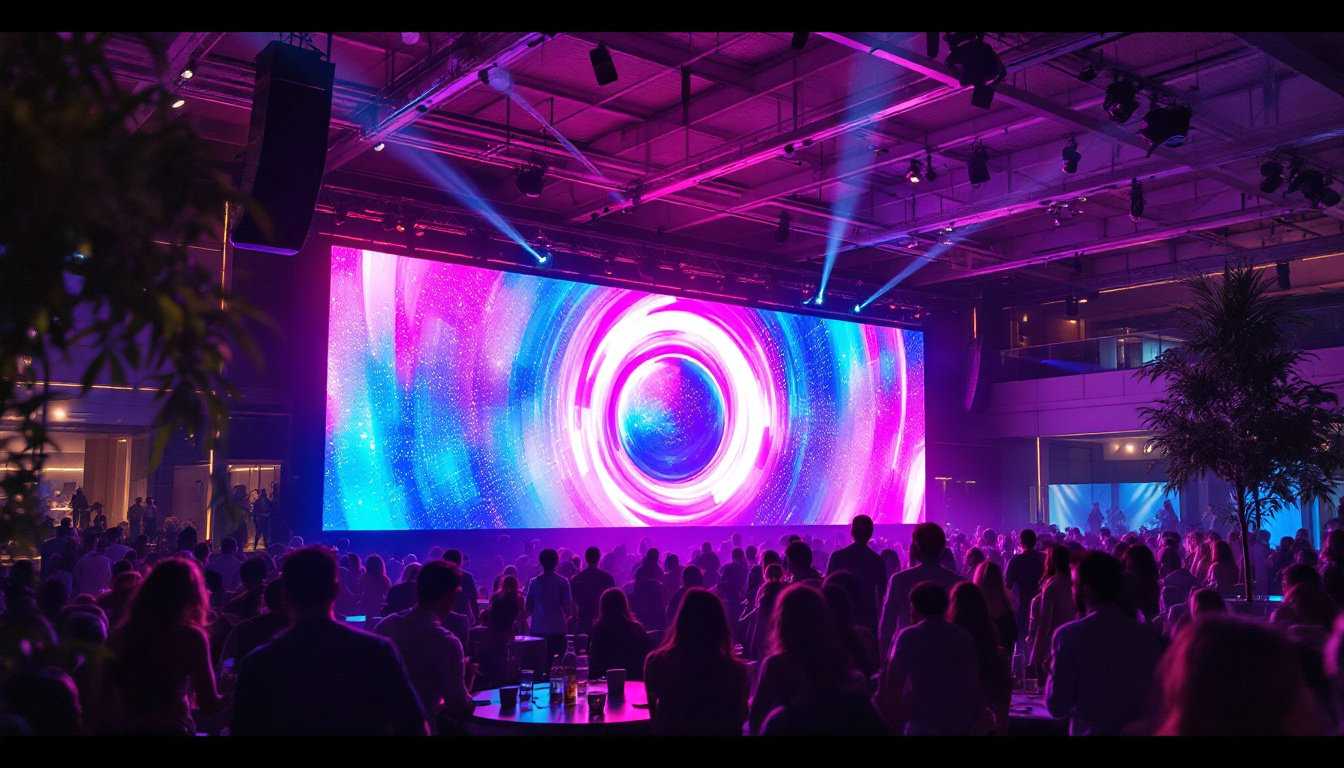LED LCD: Which Is Better? LED Display Explained
In the ever-evolving world of display technology, consumers are often faced with a plethora of choices. Among the most popular options are LED and LCD displays. While both technologies have their merits, understanding their differences can help consumers make informed decisions when purchasing a new television or monitor. This article delves into the intricacies of LED and LCD displays, comparing their features, advantages, and drawbacks to determine which is better suited for various applications.
Understanding LCD Technology
Liquid Crystal Display (LCD) technology has been a staple in the display market for decades. It utilizes liquid crystals sandwiched between two layers of glass or plastic. When an electric current passes through these crystals, they align to allow varying degrees of light to pass through, creating images on the screen.
How LCD Works
The fundamental principle behind LCD technology is the manipulation of light. Traditional LCDs rely on a backlight, typically composed of fluorescent tubes, to illuminate the liquid crystals. This backlighting is crucial, as it provides the necessary brightness for the display. The color and clarity of the image are achieved through filters that selectively block or allow light to pass through. In recent years, advancements in technology have introduced LED backlighting, which not only enhances brightness but also improves energy efficiency and color accuracy. This shift has allowed manufacturers to create thinner and more vibrant displays, further pushing the boundaries of what LCD technology can achieve.
Advantages of LCD Displays
LCD displays are known for their thin profiles and lightweight designs, making them ideal for various applications, from televisions to computer monitors. Additionally, they offer good color accuracy and are generally more affordable than their LED counterparts. LCD technology also tends to consume less power, which can be an essential factor for energy-conscious consumers. Furthermore, the durability of LCD screens makes them suitable for a wide range of environments, from homes to offices and even outdoor settings. Their resistance to screen burn-in, a common issue with older display technologies, ensures that users can enjoy consistent performance over time without the worry of permanent image retention.
Drawbacks of LCD Displays
Despite their advantages, LCD displays have some limitations. One of the most significant drawbacks is their reliance on backlighting, which can lead to issues with contrast and black levels. Since the backlight is always on, achieving true black can be challenging, resulting in a washed-out appearance in darker scenes. Additionally, viewing angles can be limited, with color distortion occurring when viewed from the side. This can be particularly problematic in multi-user scenarios, such as during movie nights or presentations, where optimal viewing angles are crucial. Moreover, while LCDs have improved significantly over the years, they still struggle to match the response times of newer technologies like OLED, which can lead to motion blur in fast-paced video content. This characteristic may deter gamers or action movie enthusiasts who prioritize fluid motion and sharp images in their viewing experience.
Exploring LED Technology
Light Emitting Diode (LED) technology is often confused with LCD, but it is essential to understand that LED is a type of LCD display. The primary difference lies in the backlighting method. Instead of using fluorescent tubes, LED displays utilize an array of tiny light-emitting diodes to illuminate the screen.
Types of LED Displays
LED displays come in various configurations, including Edge-Lit and Full-Array. Edge-Lit LED displays have LEDs positioned around the edges of the screen, allowing for a thinner design. In contrast, Full-Array LED displays feature a grid of LEDs behind the entire screen, enabling better control over brightness and contrast. Some advanced models even incorporate local dimming, which enhances black levels by turning off specific sections of the backlight. Additionally, there are also OLED (Organic LED) displays, which are a subset of LED technology that offers even more impressive color accuracy and contrast ratios by using organic compounds that emit light when an electric current is applied. This technology allows each pixel to turn on and off independently, resulting in true blacks and an ultra-thin design.
Advantages of LED Displays
One of the most significant advantages of LED displays is their superior brightness and contrast levels. The use of diodes allows for more precise control over light output, resulting in deeper blacks and more vibrant colors. Furthermore, LED displays are generally more energy-efficient than traditional LCDs, leading to lower electricity bills over time. They also boast a longer lifespan, often exceeding 50,000 hours of use, which means that users can enjoy their investment for many years without the need for replacement. Moreover, advancements in LED technology have led to improved color accuracy and wider viewing angles, making them ideal for a variety of applications, from home entertainment systems to professional displays in commercial settings.
Drawbacks of LED Displays
While LED displays offer many benefits, they are not without their challenges. The cost of LED technology can be higher than that of standard LCDs, particularly for Full-Array models. Additionally, some users may notice a phenomenon known as “blooming,” where bright objects on a dark background create a halo effect due to the backlight bleeding into adjacent areas. This can be particularly noticeable in scenes with high contrast, such as dark movies or video games. Furthermore, the viewing experience can be affected by the angle of observation; while many modern LED displays offer improved viewing angles, some lower-end models may still suffer from color distortion and reduced brightness when viewed from the side. This is an important consideration for users who plan to watch content with multiple viewers or in a room where seating is not directly in front of the screen.
Comparing LED and LCD Displays
When comparing LED and LCD displays, it is essential to recognize that LED technology is a subset of LCD technology. Therefore, the comparison often boils down to the backlighting method and the resulting performance differences. Here, we will explore various factors that can influence consumer choice.
Image Quality
Image quality is a critical consideration for many consumers. LED displays generally outperform traditional LCDs in terms of brightness, contrast, and color accuracy. The ability to achieve deeper blacks and more vibrant colors makes LED displays particularly appealing for watching movies and playing video games. However, the actual performance can vary based on the specific model and technology used.
Energy Efficiency
Energy efficiency is another vital factor in the comparison between LED and LCD displays. LED technology typically consumes less power than traditional LCDs, especially when using Full-Array backlighting. This efficiency translates into lower energy costs over time, making LED displays a more sustainable choice for environmentally conscious consumers.
Price Considerations
Price is often a deciding factor for consumers when choosing between LED and LCD displays. Generally, traditional LCDs are more affordable, making them an attractive option for budget-conscious buyers. However, as LED technology becomes more prevalent, the price gap is narrowing. It is essential to consider the long-term benefits of investing in an LED display, such as improved energy efficiency and enhanced image quality.
Applications of LED and LCD Displays
Both LED and LCD displays have their unique applications, making them suitable for different environments and uses. Understanding these applications can help consumers choose the right technology for their needs.
Home Entertainment
For home entertainment systems, LED displays are often the preferred choice due to their superior image quality and vibrant colors. Whether watching movies, playing video games, or streaming content, the enhanced contrast and brightness of LED displays provide an immersive viewing experience. However, traditional LCDs can still be a viable option for those on a budget or with less demanding viewing needs.
Professional Use
In professional settings, such as graphic design, photography, and video editing, accurate color representation is crucial. While both LED and LCD displays can be suitable, high-end LED models often offer better color accuracy and consistency, making them the preferred choice for professionals who require precise color reproduction.
Commercial Applications
In commercial environments, such as retail stores and advertising, LED displays are increasingly popular due to their brightness and visibility. The ability to display vibrant advertisements in well-lit spaces makes LED technology an excellent choice for attracting customer attention. Traditional LCDs may still be used for less demanding applications, such as digital signage or information displays.
Future of Display Technology
The display technology landscape is continually evolving, with advancements in both LED and LCD technologies. As manufacturers strive to improve performance and reduce costs, consumers can expect even more options in the coming years.
Emerging Technologies
New technologies, such as OLED (Organic Light Emitting Diode) and MicroLED, are gaining traction in the market. OLED displays offer exceptional contrast and color accuracy by eliminating the need for backlighting altogether. MicroLED technology promises to combine the benefits of both LED and OLED, providing superior brightness, color, and energy efficiency. As these technologies become more mainstream, they may challenge the dominance of traditional LED and LCD displays.
Consumer Trends
Consumer preferences are also shifting towards larger screens and higher resolutions, such as 4K and 8K. Both LED and LCD technologies are adapting to meet these demands, with manufacturers producing larger, high-resolution displays that cater to the evolving needs of consumers. As the market continues to grow, it is essential for buyers to stay informed about the latest advancements and trends in display technology.
Environmental Considerations
As awareness of environmental issues increases, consumers are becoming more conscious of the sustainability of their purchases. LED displays are generally more energy-efficient and have a longer lifespan than traditional LCDs, making them a more environmentally friendly option. Manufacturers are also exploring ways to reduce the environmental impact of production and disposal, ensuring that future display technologies align with sustainable practices.
Conclusion
In the debate of LED vs. LCD displays, it is essential to recognize that LED technology is a type of LCD. While both have their advantages and disadvantages, LED displays generally offer superior image quality, energy efficiency, and brightness. However, traditional LCDs remain a viable option for budget-conscious consumers or those with less demanding viewing needs.
Ultimately, the choice between LED and LCD displays depends on individual preferences, applications, and budget considerations. As technology continues to advance, consumers can expect even more options and innovations in the display market. Staying informed about the latest developments will help buyers make the best decision for their specific needs and preferences.
Discover the Future of Visual Display with LumenMatrix
As you consider the advancements and your own needs in LED and LCD display technologies, take the next step with LumenMatrix. Embrace the future of visual communication with our comprehensive range of LED display solutions, from Indoor and Outdoor LED Walls to innovative LED Sports and Transparent Displays. Whether you’re looking to captivate your audience, enhance your brand’s visibility, or create unforgettable visual experiences, LumenMatrix is here to illuminate your path. Check out LumenMatrix LED Display Solutions today and see how our commitment to cutting-edge technology can empower your business to communicate with impact and precision.





